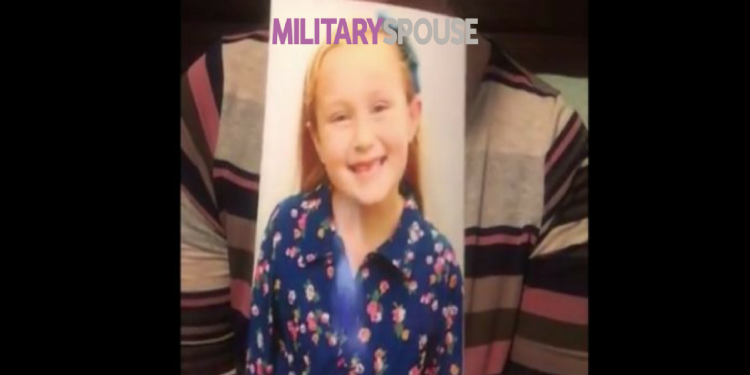I reached out to the Center for Disease Control (CDC) regarding their role in identifying cancer clusters in a population that wasn’t stationary for very long. I wanted to know because my Marine family was also stationed in Beaufort and we lived aboard Laurel Bay as well….for EIGHT YEARS. In my inquiry, I posed the question:
“How does the CDC determine if there is an unusual spike or trend in a diagnosis based on a specific location when those individuals aren’t diagnosed until after a relocation? How can a correlation between hazardous contamination and subsequent cancer diagnosis (or cluster of diagnosis) be made if that population isn’t stationary long enough to determine a correlation?”
I received a fairly generic response that didn’t even address the mobility of the military community. They stated that state health agencies are the “first level of response,” meaning the states are responsible for identifying potential clusters and then follow up with the CDC. According to their response:
“A cancer cluster is a greater-than-expected number of cancer cases that occur:
A. Within a group of people;
B. In a geographic area; or
C. Over a period of time.”
If a diagnosis is only tracked in the state a person is diagnosed in, the potential cause could (and does) go unaddressed. The CDC, along with state health agencies, should start looking at different ways to track the health events that impact our community across the board.
As of today, even with the recent push of new information from base officials, there is still much confusion in the Laurel Bay Community. Residents have reported they will call one point of contact only to be referred to someone else, or their inquiries aren’t being addressed. Conflicting information is being given about specific resident addresses and some residents have reported never receiving information on their soil sample results…only to be told later that their levels were high and are still being investigated.
The entire purpose of this article and the goal of the families involved, is to promote awareness to those who have and do live aboard the installation. At this point all parties are cooperating with one another, but families are looking for more transparency in the process, to include notifying new residents so they are able to make informed decisions about their living arrangements. They would also like the option, depending on the circumstances, to be let out of their leases if contamination is found, and for investigation officials to have a more aggressive approach to outreach.
From the families involved and their perspectives, they just want answers and they want to inform others to make sure this doesn’t happen to other families. Melany and Amanda, as well as the other families, just want to make sure that other families don’t go through what they had to endure.because even ONE more cancer diagnosis is one too many.
If you have questions or concerns regarding the Laurel Bay Health Study, email base officials at laurelbayhealthstudy@usmc.mil
If you or someone you know believe your family may be affected, message the administrator of the Concerned Military Families United By Pediatric Cancer on Facebook.
For more information about childhood cancer, visit the link here.








